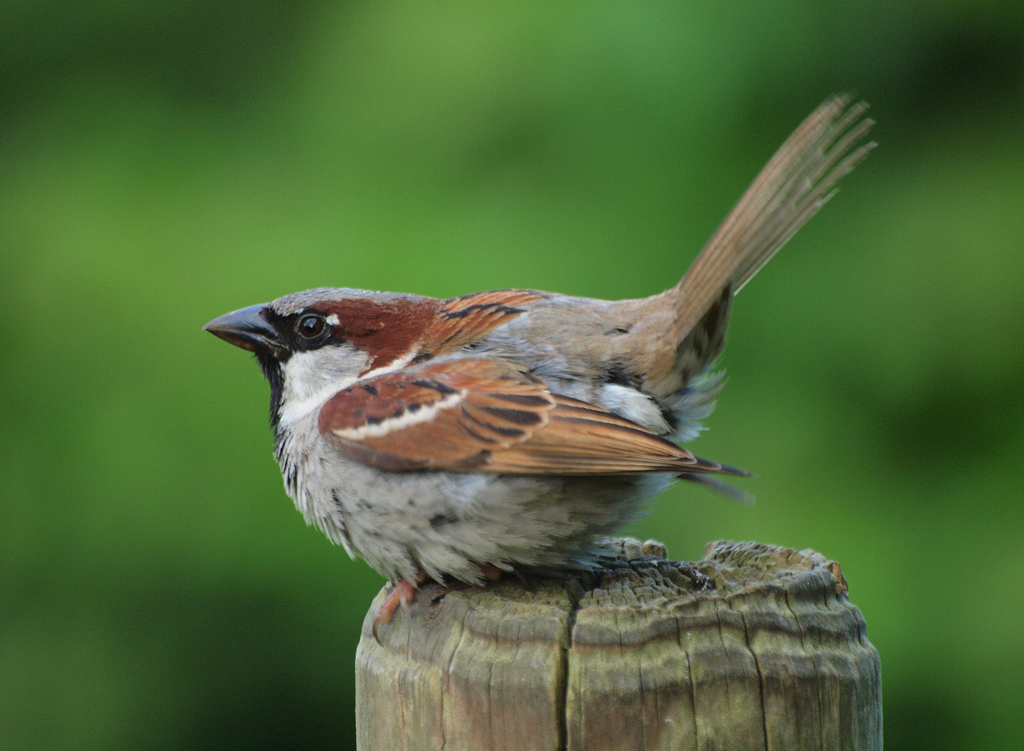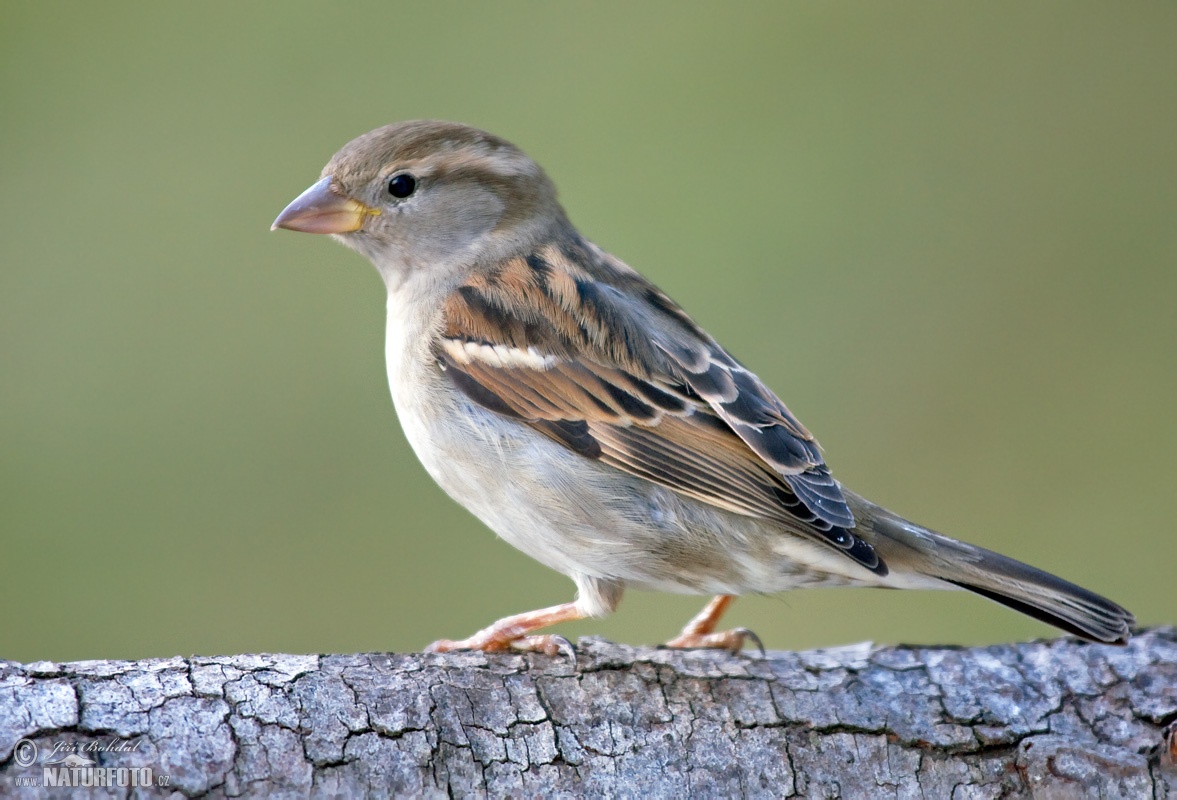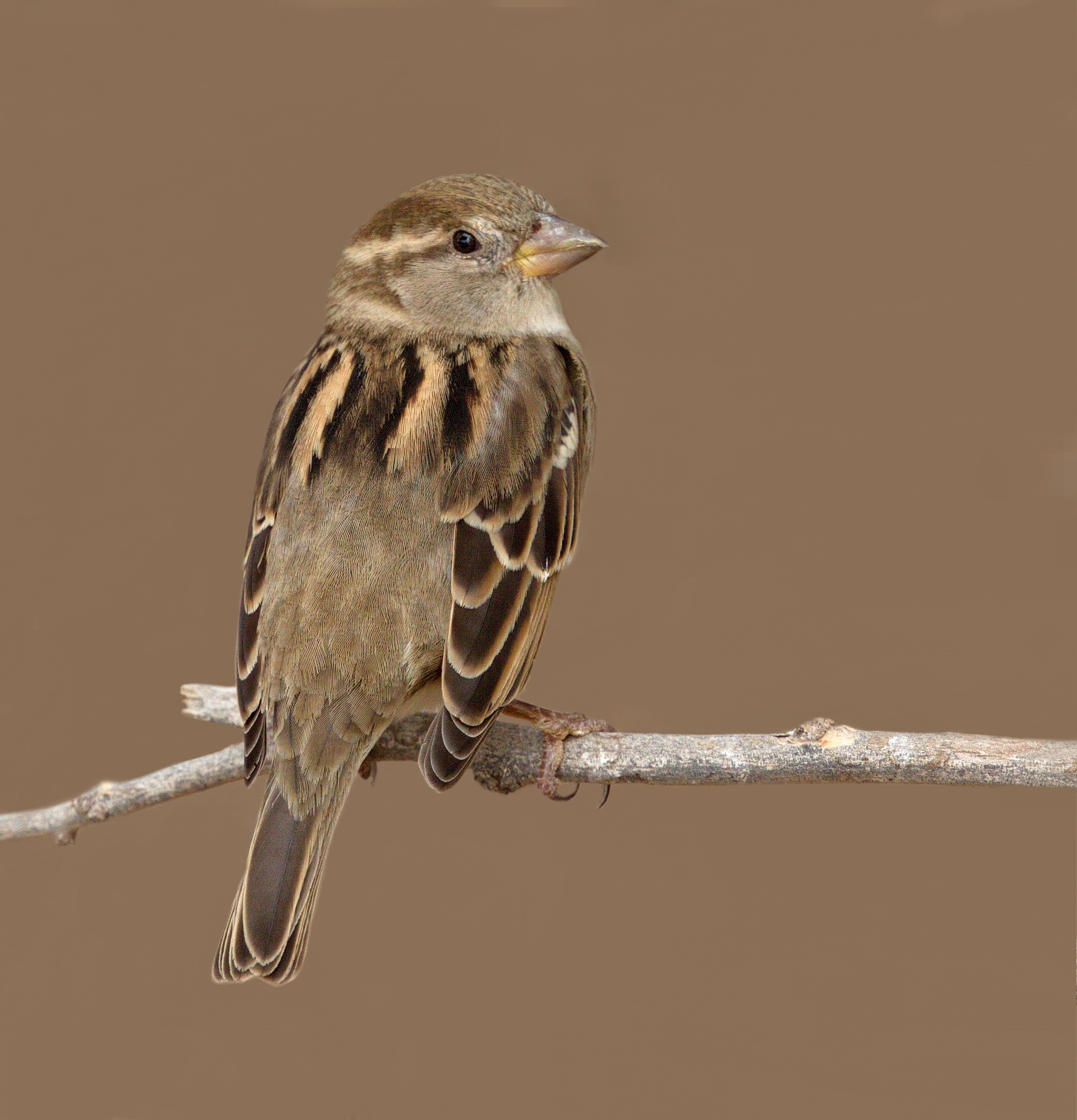Table Of Content

No matter what you call them, these sparrows have light brown upperparts, brown wings with white bars, and rich brownish-red heads. Males have chestnut-red plumage with darker heads while females have dull-gray plumage with some chestnut markings. These medium-sized Old World sparrows have the top of their heads and upperparts entirely bright cinnamon red. They also have pale orange throats, chests, sides, white bellies, and red eyes. Fulvous-headed brushfinches have olive upperparts, yellow underparts, and rufous red heads – they resemble rust-and-yellow tanagers a lot.
Male and female
They can be also identified by their high-pitched squeals, nasal “wiks“, and strong “piuu-piuu” calls. Ochre-breasted brushfinches are found in the understory of montane forests and edges – they are common in Colombia and Venezuela, at elevations from 3,200 to 11,500 feet. They love to remain hidden in dense vegetation which makes it hard to spot them. California Towhees are among the most uniformly drab sparrows in California but have managed to become a bit well-known anyway. Lark Sparrows breed in California in open grasslands with scattered forests nearby, like open woodlands and orchards.
Sagebrush Sparrows hold some of the largest territories of all the sparrows in California.
House Sparrows are found virtually throughout the United Kingdom, except for high-lying areas in Scotland and Northern England. These familiar birds are most common in towns, villages, and farmlands and frequently visit garden bird tables. The House Sparrow has an extensive distribution on every continent except Antarctica.
Nesting
The cup inside the dome is lined with fine material that includes hair, mammal fur, feathers, and other fine fibers. Spuggy and spadger are alternative names for our sparrows often used in the North East. House Sparrows have fascinating behaviors, although their competitive nature has brought them into conflict with other bird species in the United States. House Sparrow eggs are whitish and heavily streaked and speckled in gray/brown. Each egg measures approximately ⅘ inch long and ⅗ inch across (21mm x 15mm), and clutches consist of one to eight eggs. They have found human buildings and dwellings provide excellent nesting opportunities, which often puts them in conflict with us.
What are the predators of House Sparrows?

People introduced them to North America to help them remove pests, but were soon disappointed as the birds failed to do so. These red headed sparrows multiplied and feasted on grains instead, making people go from greeting them with joy to looking at them with bitterness. Green-tailed towhees breed around montane forests and open slopes and will move to dense thickets during winter. You might have trouble attracting them to your backyard as they rarely visit feeders. Chipping sparrows are small songbirds commonly found around forests, gardens, and fields in North America.
Adult house sparrows have a fairly opportunistic diet throughout much of the year, especially in cities and suburbs where human refuse is plentiful (Summers-Smith, 1988). One of the reasons house sparrows are so adept at exploiting diverse diets might involve plasticity in the release of digestive enzymes (Brzek et al., 2009). Behaviorally, responses to food also seem to play a role in range expansions, another reason this species has been used as a model. Given the broad distribution of the species and its recent arrival in many regions, house sparrows have been used as models of genetic, genomic and more recently epigenetic changes during range expansion. Critically, it was microsatellite data that provided the genetic evidence of extra-pair paternity in this socially monogamous, pair-bonded species (Griffith et al., 1999).
Green-tailed Towhee

Just as modification to a tropical forest affects wildlife, so too do changes in farming practices, changes in city design, even changes in bird feeding habits. House sparrows enjoy hearted peanuts but they can struggle with whole peanuts in their shells because of the size of this food source. Prior to the annotated genome, a high-density single-nucleotide polymorphism (SNP) array was developed for the species (Hagen et al., 2013; Lundregan et al., 2018). The female sparrow begins to incubate the eggs after she lays the next-to-last egg.
The song varies depending on location and the individual bird. Even conservationists often assume that common, adaptable species will be able to adapt to any change. House sparrows do not excavate cavities nor enhance existing structures to fit their needs. The exterior part of the nest is built with coarse material, including dry grasses, twigs, pieces of plastic, paper, and strings.
Choose green lifestyle to bring back the house sparrow’s song - Hindustan Times
Choose green lifestyle to bring back the house sparrow’s song.
Posted: Tue, 19 Mar 2024 07:00:00 GMT [source]
Nesting Facts
House Sparrows are an introduced, non-native species in North America. They were first brought over from Europe in 1851 and spread rapidly south and east. Supplemented with introductions in California and Utah, the species has now colonized most of the United States, Canada, Mexico, and Central America. House Sparrows occur everywhere in North America except Alaska and Northern Canada. Look out for these birds in cities, towns, parks, and farming areas in every state.
However, they are protected by the Wildlife and Countryside Act in the United Kingdom, where they are a native species. House Sparrows that survive to adulthood have a typical lifespan of about three years. Wild birds can live for over 13 years, and one captive specimen reportedly survived 23 years.
Their worldwide populations are huge numbers, but populations in some regions are on the decline. These birds look like house sparrows but have reddish-brown instead of gray crowns of house sparrows. Spanish sparrows are very noisy birds that often make “churp” flight calls, “que-que” contact calls, “quer” alarm calls, and fast “cheeli-cheeli” calls to attract females. When the breeding season comes, they will make huge groups with hundreds and thousands of birds.
Living in such close association with humans has taught them where they are most likely to find scraps, animal feeds, and birdseed. In addition to epigenetic mechanisms, the microbiome could also play an important role in the ecology of the species (Russell et al., 2012; Borre et al., 2014). Further studies are needed to understand what the microbiome means to the house sparrow, particularly as this bird favors the same areas as humans. As shown in this photo (right), house sparrows have built a nest in a bluebird box.
Nonbreeding males are streaked brown, black, and buffy above and dingy below. They lack the bright chestnut neck and extensive black bib of breeding males. Females are a plain buffy-brown overall with dingy gray-brown underparts. Their backs are noticeably striped with buff, black, and brown. They are omnivores that mostly feed on seeds, grains, and fruits, but will also take insects, especially during the breeding season.
They will visit bird baths and bowls but also drink from gutters, puddles, and water features, as well as ponds, streams, and lakes. House sparrows are one of the most ubiquitous birds in the world (Anderson, 2006). In approximately 170 years, they colonized the globe such that they now reside in every continent except Antarctica and occupy an estimated 76,600,000 km2 (Birdlife international, 2018). There have been over 250 introduction or translocation events recorded worldwide (Table 1), with the first deliberate successful introduction occurring in 1851 in New York City (Summers-Smith, 1988). Many introductions stemmed from colonial acclimatization societies purposefully releasing birds for cultural reasons or as failed attempts at biological control.
Notice how the sparrows have filled up most of the interior with nesting material. Birds in cities eat birdseed from bird feeders, and also feed on the seeds of weeds and other plants, as well as human food scraps. The male house sparrow has a gray and rusty crown with pale cheeks and a black bib; the female is rather plain with dusty brown overall coloring, strong stripes on her back and patches of pale feathers behind her eyes. Many people regard House Sparrows as undesirables in their yards, since they aren't native and can be a menace to native species. House Sparrows are so closely entwined with people's lives that you probably will find them around your home even without feeding them.
They inhabit cities, parks, suburbs, backyards, farms, orchards, and any number of different manmade habitats. Their flexibility is the primary reason why they are such a successful invasive species. Nowadays, you can find them in North, Central, and South America, as well as Eurasia, Africa, and Australia. They often live in cities, parks, suburbs, farms, and other urban areas. Nests tend to be loosely built and messy, incorporating typical nesting materials like twigs as well as scraps of general debris. They typically nest in cavities in trees or other structures, but they’ll occasionally build their nests in more open, unusual spaces like streetlights or gas station roofs.

No comments:
Post a Comment